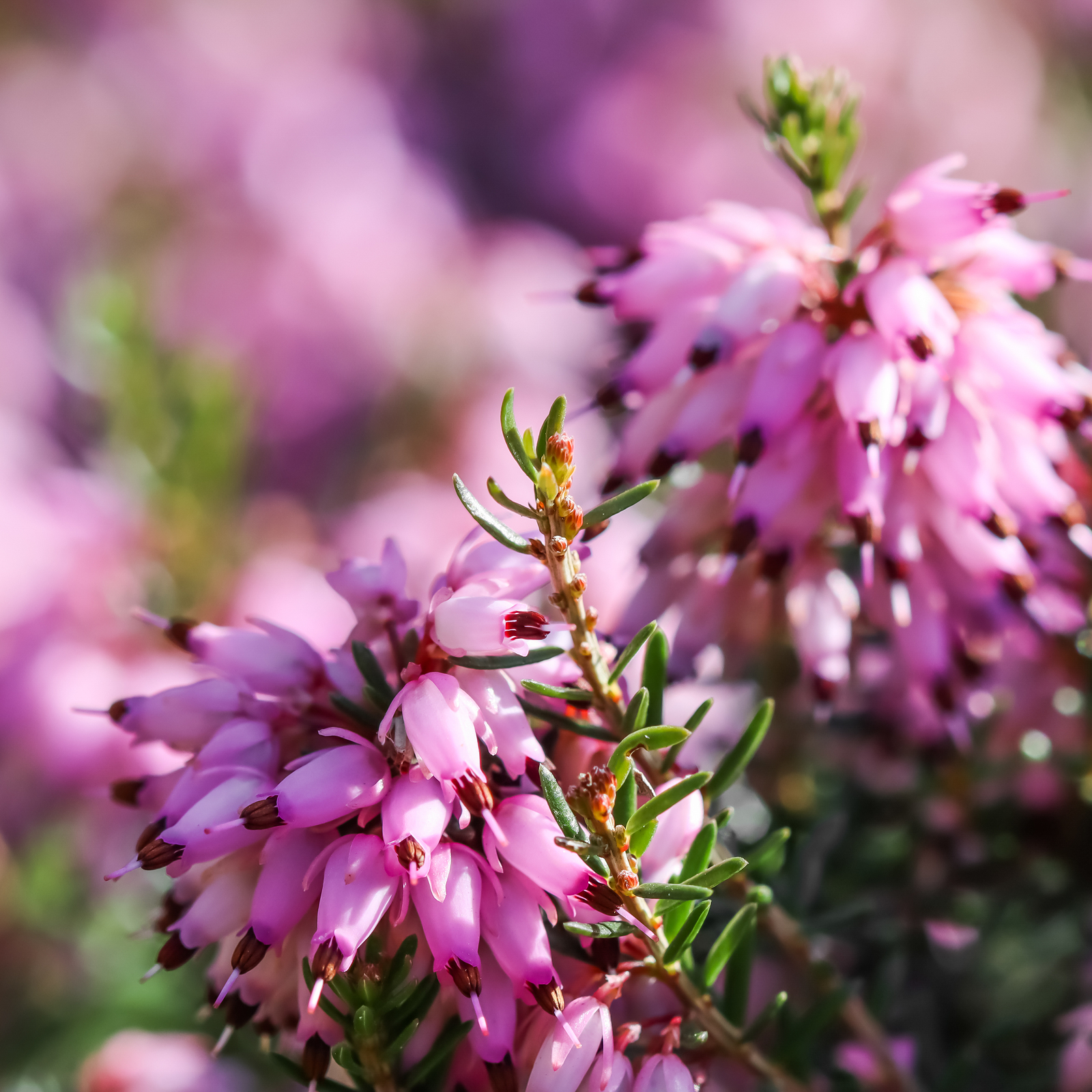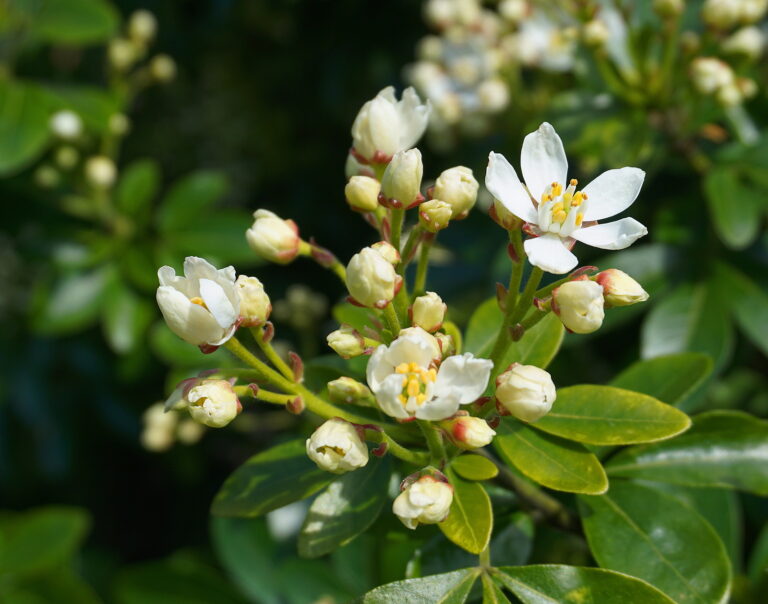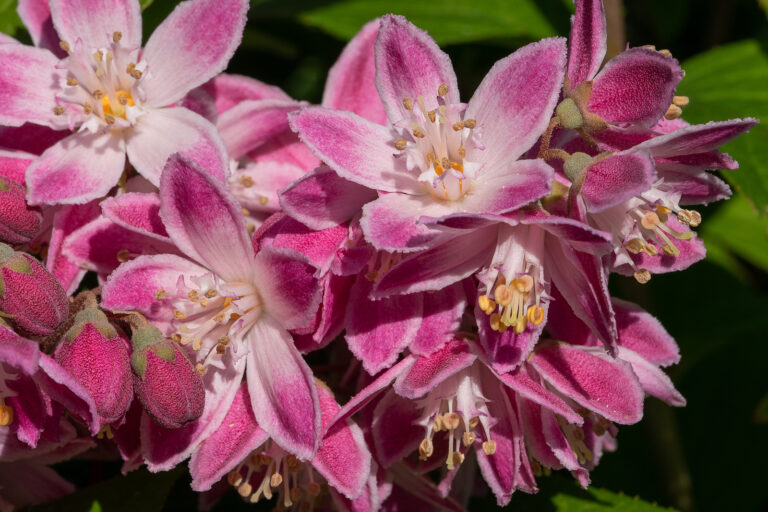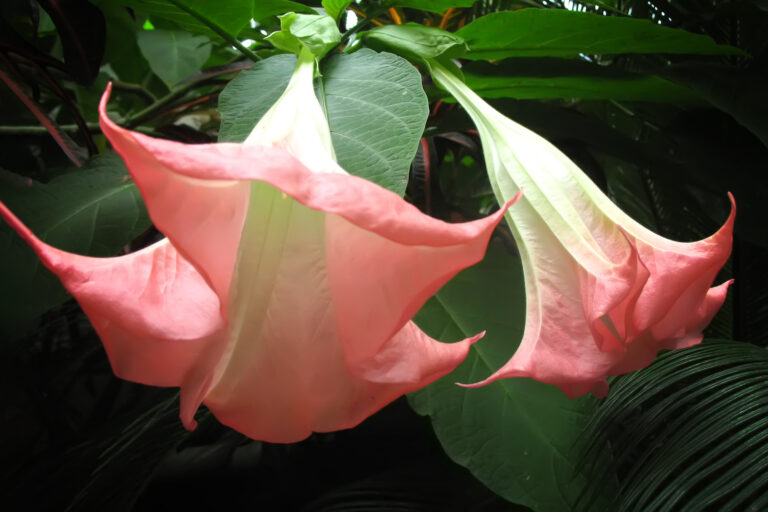How to Grow Erica – Heath
Erica is a genus of more than 700 species. Some are prostrate ground covers, some are low-mounding shrubs, and a few are tree-like.
Heath is the common name given to most members of the Erica genus. These evergreen plants are native to moors and heaths in Europe and temperate parts of Asia and Africa.
Heaths have needlelike whorled leaves and terminal racemes of bell or urn-shaped flowers. Flowers appear in a range of colors from white to shades of pink, lavender, purple, white, and cream.
Winter heath, Erica carnea, Bell heath, E. cinerea, and Darley Dale heath, D. x darleyensis are perhaps the most commonly planted. All are low-growing shrubs with spreading forms and all have numerous named cultivars.
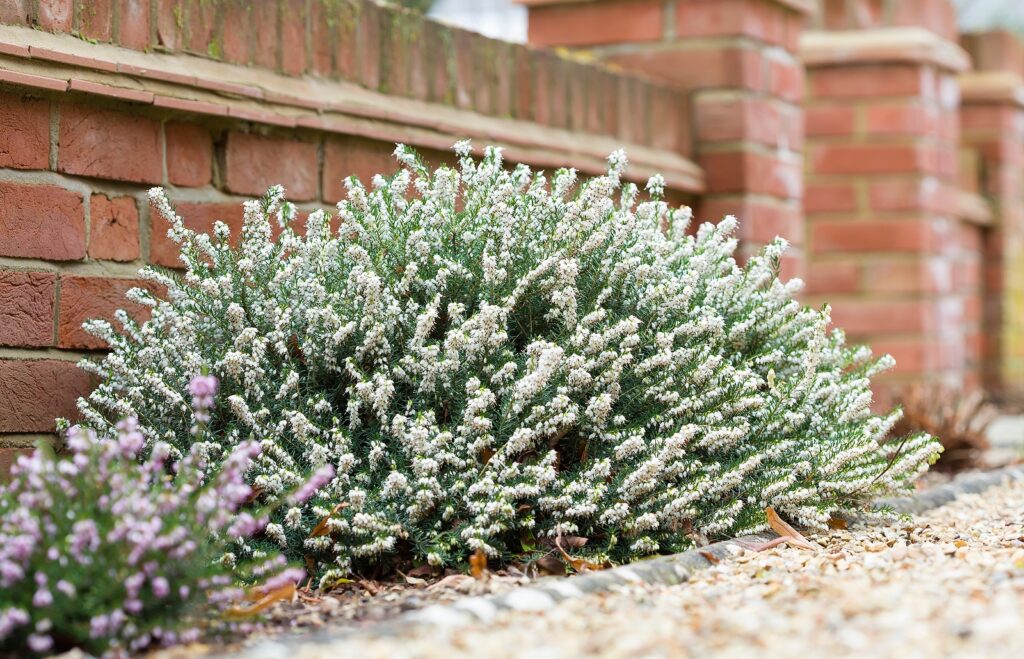
Get to know Erica
- Plant type: Evergreen prostrate to tree-like shrub
- Growing Zones and range: Zones 4 to 9 depending on the variety
- Hardiness: Hardy
- Height and width: 8 to 24 inches (20-61cm) tall and wide, some taller wider
- Foliage: Whorled, usually linear leaves
- Flowers: Bell to urn-shaped flowers in a range of colors from white to shades of pink, lavender, purple, white, and cream; flowers develop on terminal racemes, umbels, or panicle heads.
- Bloom time: Late winter into spring
- Uses: Groundcover, shrub
- Common name: Heath species; there are 700 species
- Botanical name: Erica
- Family: Ericaceae
- Origin: Europe, temperate Africa and Asia
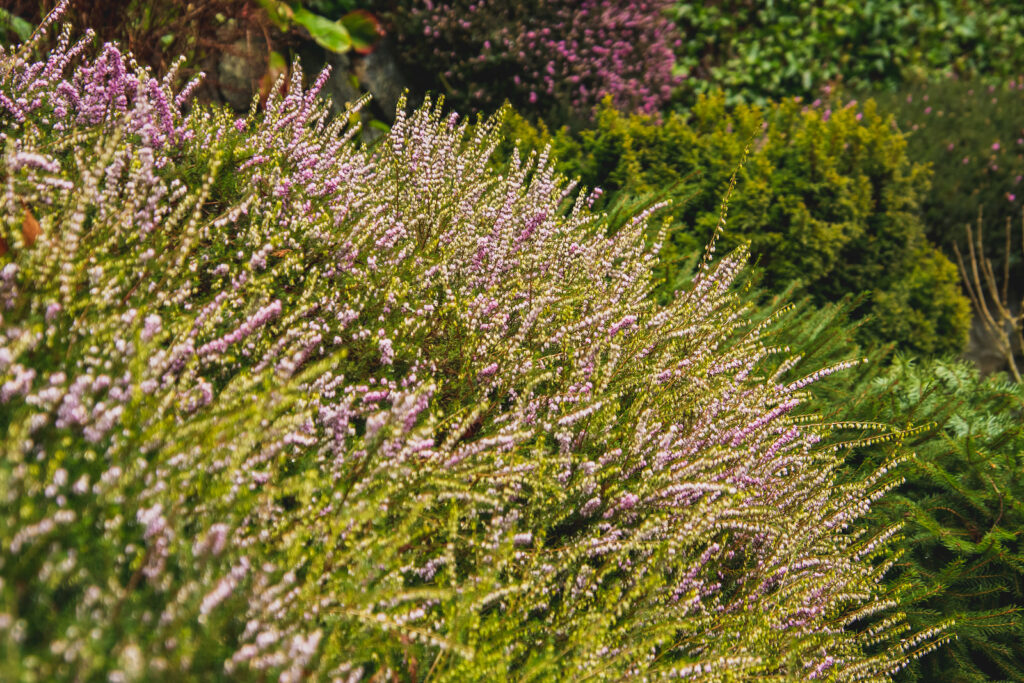
Where to plant Erica
- Plant Erica in full sun, especially the east side of a building or hedge.
- Grow Erica in well-drained, sandy soil rich in organic matter but low in nutrients is ideal.
- Erica prefers acidic soil.
When to plant Erica
- Set container-grown Erica in the garden in spring or autumn.
Planting and spacing Erica
- Space Erica 18 to 24 inches (45-61cm) apart or further depending on the variety.
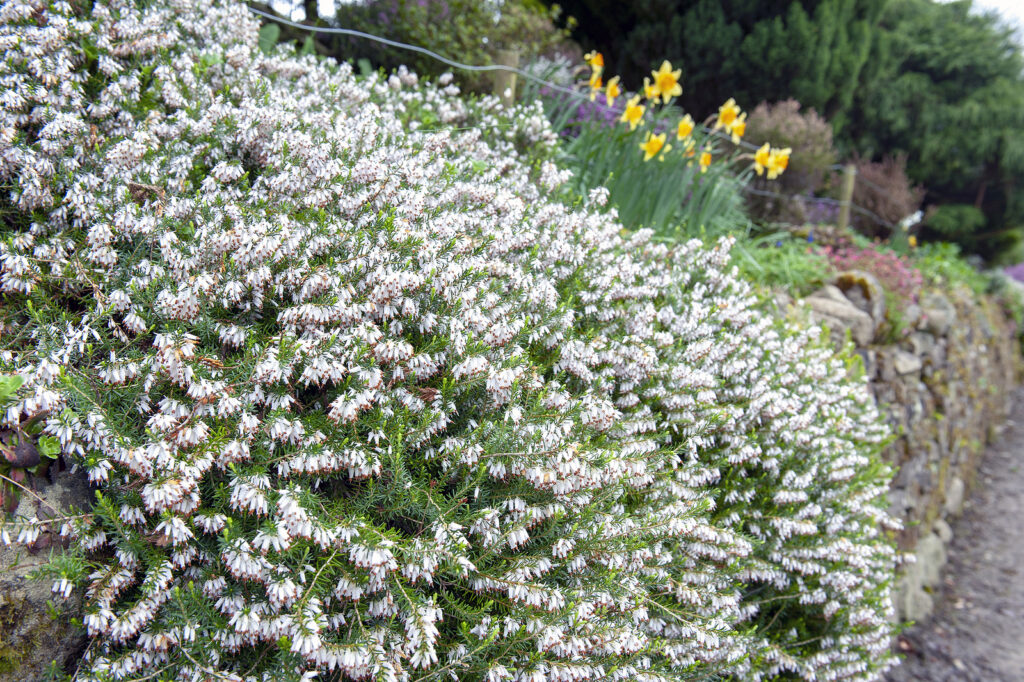
How to water and feed Erica
- Keep the soil moderately moist; soil too wet can cause root rot.
- It is not necessary to feed Erica.
Erica care
- Mulch Erica with chopped leaves or straw in autumn to protect plants from freezing temperatures.
Erica pests and diseases
- Winter heath is generally pest and disease-free.
Erica propagation
- Root semi-ripe cuttings in mid- or late summer.
- Mound layer Erica in spring.
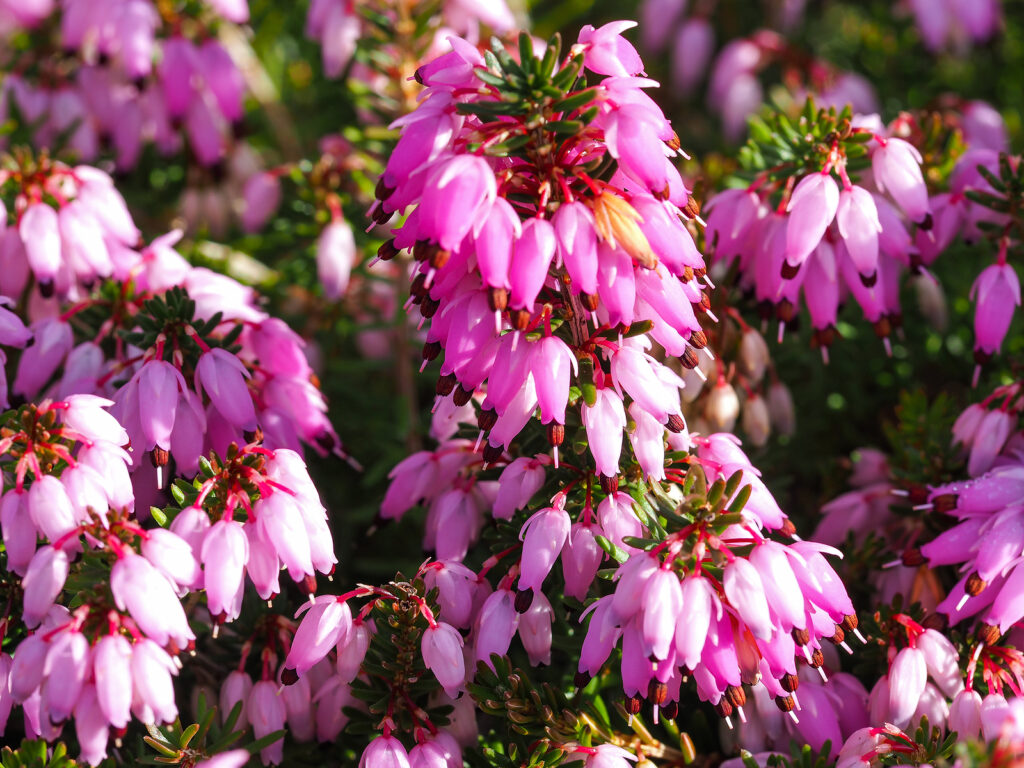
Erica varieties to grow
- Erica arborea, tree heath: Species grows to 12 feet (3.6m) tall; honey-scented flowers in summer; related varieties are ‘Albert’ which has yellow foliage but rarely blooms, and ‘Estrella Gold’ which is chartreuse and grow to 4 feet (1.2m) tall.
- E. carnea, winter heath: Low growing evergreen shrub which is cold tolerant and blooms through the snow; small bell-shaped flowers can be pink, red, or white.
- E. cinerea, bell heath: Compact shrub to 24 inches (61cm) tall with urn-shaped white, pink, or purple flowers blooming from early summer to early autumn.
- E. x darleyensis, Darley Dale heath: Hybrids grows to 2 feet (61cm) tall in mounds; white to rosy flowers in late winter or early spring; many cultivars.
- E. vagans, Cornish heath: Ground-hugging branches on 24-inch mounds; purple-pink flowers bloom from midsummer to early fall.

